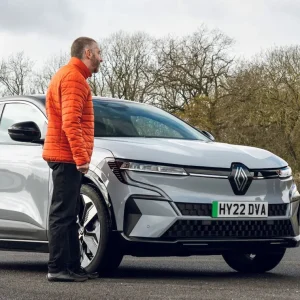A bit of digging beneath the Chancellor’s headline announcements reveals the details of the Pre-Budget Report that will have the biggest impact on fleets, writes Rupert Saunders
The dust has settled on the Chancellor Alistair Darling’s Pre-Budget Report and the political agenda has moved on.
So now seems a good time to try to establish exactly what has changed, or, at least, try to establish what will affect the running of a business car fleet in the medium to long term.
That rules out most of the headline stuff, such as the VAT reduction and VED changes. These will have only marginal effects on the three-year running costs of a car, although I do wonder if there will be a significant spike in new car sales – not now, but in December next year – just before the VAT goes back up to 17.5%.
Let’s also put to one side the fuel duty escalator (another 1.84p a litre from April 2009 and 0.5p a litre above inflation from April 2010). This will be a significant on-cost to any business but surely, by now, you are taking steps to manage your fuel costs down.
That leaves two announcements that took place on the fringes of the main Budget speech, so much so that they were actually issued by HMRC, rather than the Treasury. One of these is financial, the other operational and both have economic implications.
The financial issue is confirmation of the corporation tax treatment of business cars from April ’09. The detail of this (the new structure based on a 160g/km CO2 banding) was already known; the interesting bit, however, is the transitional arrangements.
After much lobbying by the industry, the Government has accepted that cars leased or purchased before 1 April 2009 will operate under the old rules for about five years (although full technical details have not yet been published). On the face of it, that opens up an opportunity to sneak in some ‘high-polluting’ cars for senior executives before the April cut-off date, but you do need to do the numbers.
John Lewis, BVRLA director, told me: “There is no real generic advice that can be given because you need to take so many factors into consideration. Any decision really does need to be made on a car-by-car basis during this transition period.”
The operational issue is the detailed explanation of why HMRC has decided not to create a specific tax for Employee Car Ownership (ECO) schemes or tinker with the structure of tax-neutral Approved Mileage Allowance Payments (AMAPs), despite the fact that the review established “interaction” between the two, which “may have contributed to the popularity of ECO schemes”.
In essence, HMRC has taken the view that the simplicity of the current scheme outweighs the benefits of any reform. But I notice they have been careful to talk throughout the document about the “structure” of AMAPs, thus leaving open the possibility of rate changes in the future. So this issue has not gone away.
Meanwhile, of course, rising fuel costs through the tax escalator will make even the current AMAPs rates less attractive and encourage drivers back into full company car schemes. If you are considering an ECO scheme (there are now between 100,000 and 150,000 business cars funded this way) then I urge you to read through the document. You can download it from www.businesscar.co.uk/ecoreport.



